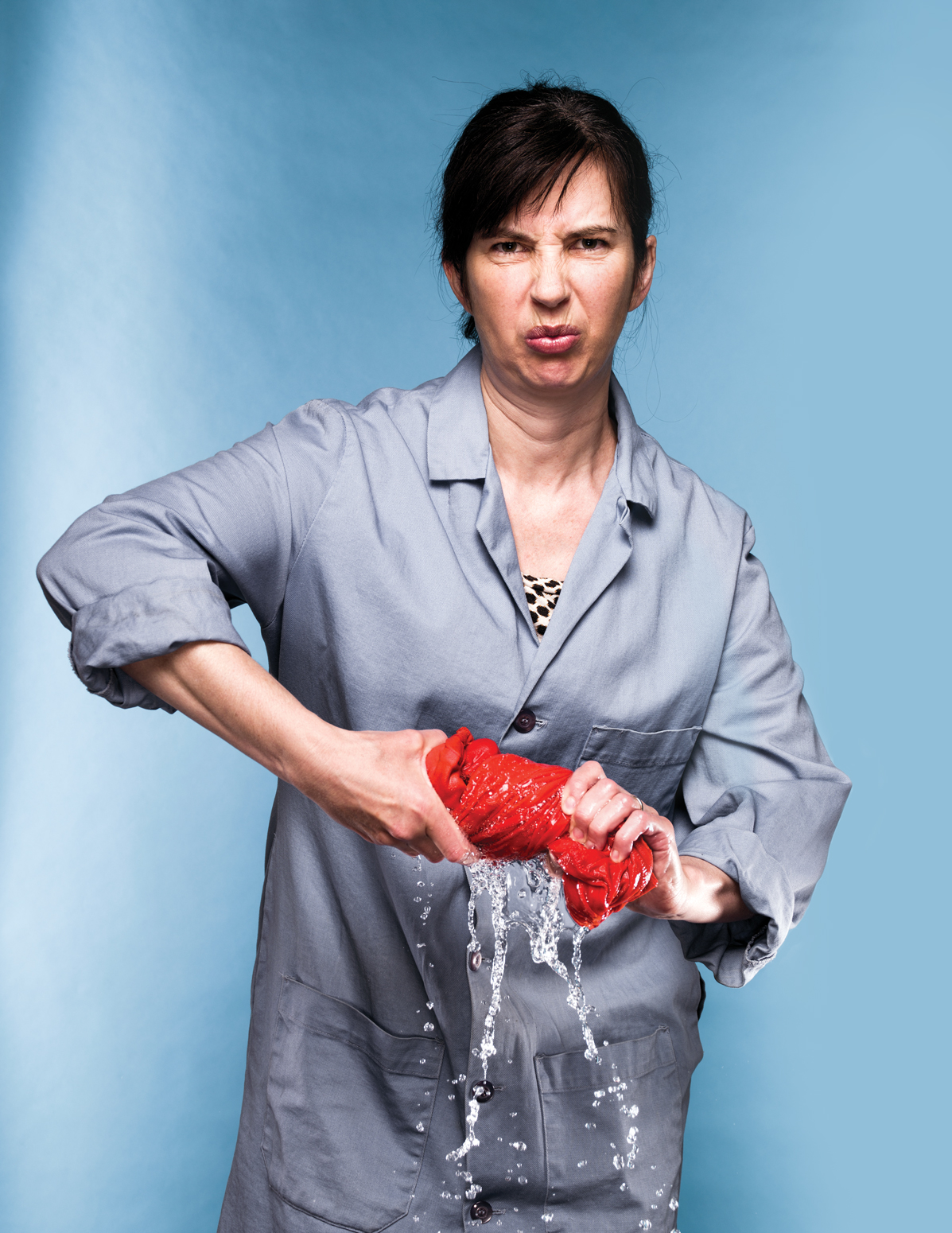Who: Rachel McQueen
Age: 40
Job: Assistant Professor of Textiles Science at the University of Alberta
Experience: Rachel McQueen grew up on the South Island in New Zealand, where her father ranched about 1,500 Perendale sheep on 300 acres of land, which may explain her love of wool. As an undergrad at the University of Otago, she got turned on to textiles science. “What I liked about clothing was the science, but also the social aspects as well.”
In 2007, she moved to Edmonton to take up her current position as a professor in the Department of Human Ecology at the University of Alberta, one of the only universities in Canada with such a program. In addition to teaching, she studies the retention of odour in textiles — “Why does this T-shirt stink and the other not?” is a questions she often finds herself asking — and works with several manufacturers of sports apparel.
Her research involves a lot of “wear trials,” where volunteers sniff the sweaty underarms of other people’s clothing, and her findings on stinky garments have generated a lot of interest, from Scientific American to Cosmopolitan.
• “Body odour is caused by the metabolism of bacteria on our sweat. But it’s actually not wet sweat that smells. Just because a person perspires a lot doesn’t mean he has a lot of body odour.
• “Differences in people’s odour intensity is due to the type of bacteria on their skin. People who have more corynebacteria tend to have higher odour than people who have more staphylococci. These bacteria make up our normal skin microflora, so they aren’t transient; you can’t pick them up. This has more to do with who they are. Gender, race (and) genetics can all make a difference.
• “There’s a huge array of compounds that make up body odour; it’s really complex. There are sulphur-y compounds, fatty acids, odorous steroids.
“Our clothes can intensify our smell. The sweat that is absorbed on a polyester T-shirt can actually end up smelling stronger than the sweaty underarm. Textile manufacturers are trying to do something that can make your clothes smell less intense. The theory behind some of these technologies is that the odour is absorbed in a molecule on the textiles that would keep that odour trapped within that absorbent fibre until you wash it.
